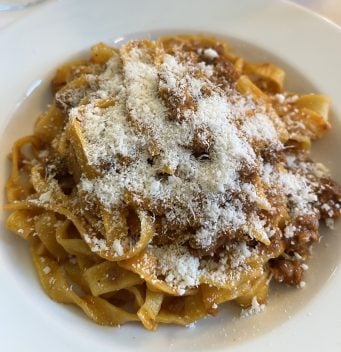After our look at the new vintages of Cerasuolo, it seems fitting to complete the overview of Abruzzo wines by focusing on the reds and whites we've recently tasted during the evaluations for the Vini d’Italia 2026 guide by Gambero Rosso. Translated into the local wine language, this means talking about Montepulciano, Trebbiano and Pecorino.
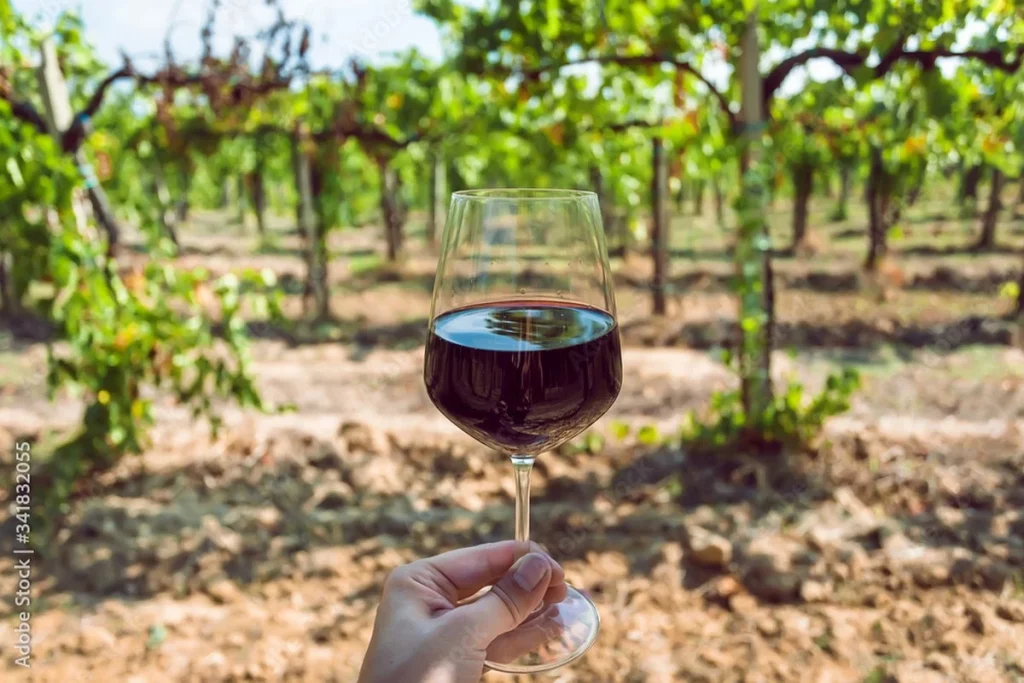
Montepulciano d’Abruzzo: still too opulent
We noticed that many Montepulciano d’Abruzzo wines still retain an opulent, extracted style, with pronounced tannins and naively marked oaky notes (vanilla, coffee, chocolate) that tend to overpower the freshness of the fruit. These are wines ill-suited to casual drinking, which is increasingly the norm both at home and on international markets. The same dense colour and often weighty body make these wines less versatile from a gastronomic perspective (especially as cuisine itself now leans toward lightness) and, more importantly, less emotionally engaging.
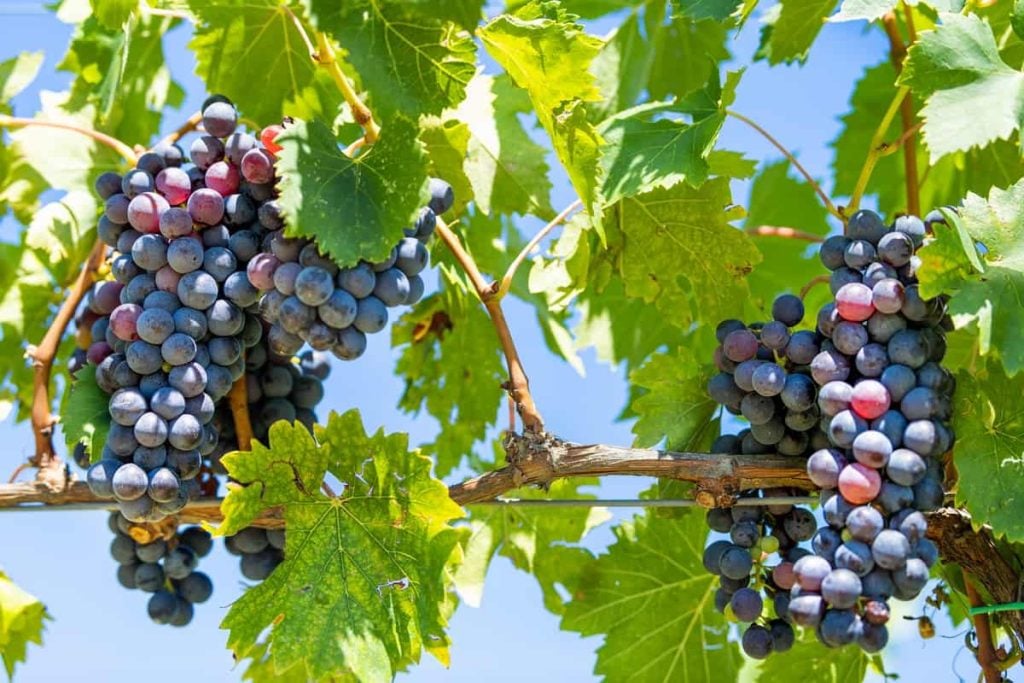
In an era that rewards agility and spontaneity, the “warm” slowness of Abruzzo reds can feel like a burden from the past.
Paradoxically, the very strength of Montepulciano’s identity risks becoming a limitation if not reinterpreted in the light of new sensibilities. Yet there are positive signs: some producers are reducing extraction and alcohol levels, favouring gentler fermentations, large casks, and less new wood. Others are experimenting with amphorae, concrete vats, and indigenous yeasts to highlight varietal character. Harvest after harvest, there’s a renewed appreciation for altitude, cool exposures, and light soils as tools for crafting a more agile, less muscular Montepulciano.
This is not an attack, but an invitation. Montepulciano d’Abruzzo doesn’t have to give up its soul, but it must acknowledge that times have changed. It’s time to rethink body, alcohol, structure and, above all, cultural message: wine is no longer only about power, but also tension, balance, and fragrance. Abruzzo has the resources — climate, altitude, soils — to produce contemporary reds without becoming banal. It also has the human resources to match, as many new-generation winemakers have now firmly joined their family wineries, bringing with them international travel experience, tasting know-how, and an intelligent curiosity in comparing notes with other regions.
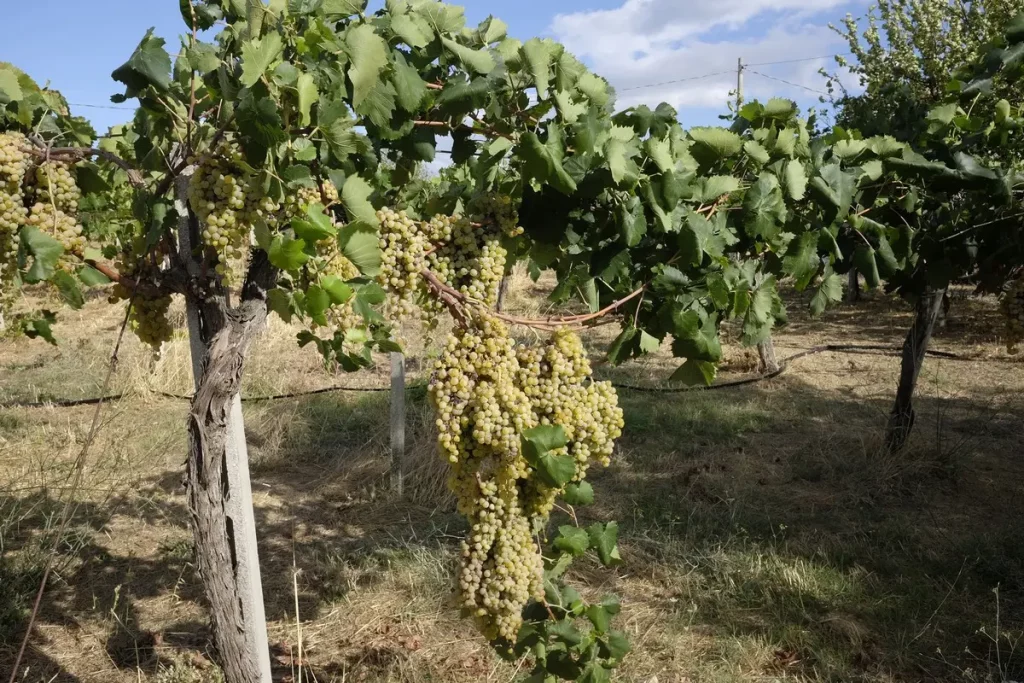
Trebbiano d’Abruzzo: some lacking soul, some full of character
On the white side, we again note the numbers: Pecorino samples outnumber Trebbiano — about a hundred for the former, around sixty for the latter. Trebbiano, when from the latest vintage, often fails to break out of a rather simple and uninspiring mould: the wines we tasted lacked soul, were often diluted and frankly uninteresting.
Things improve when we go back a few vintages: then we start to find wines with character, identity and flavour — likely the result of greater care not just in the cellar but also in the vineyard.
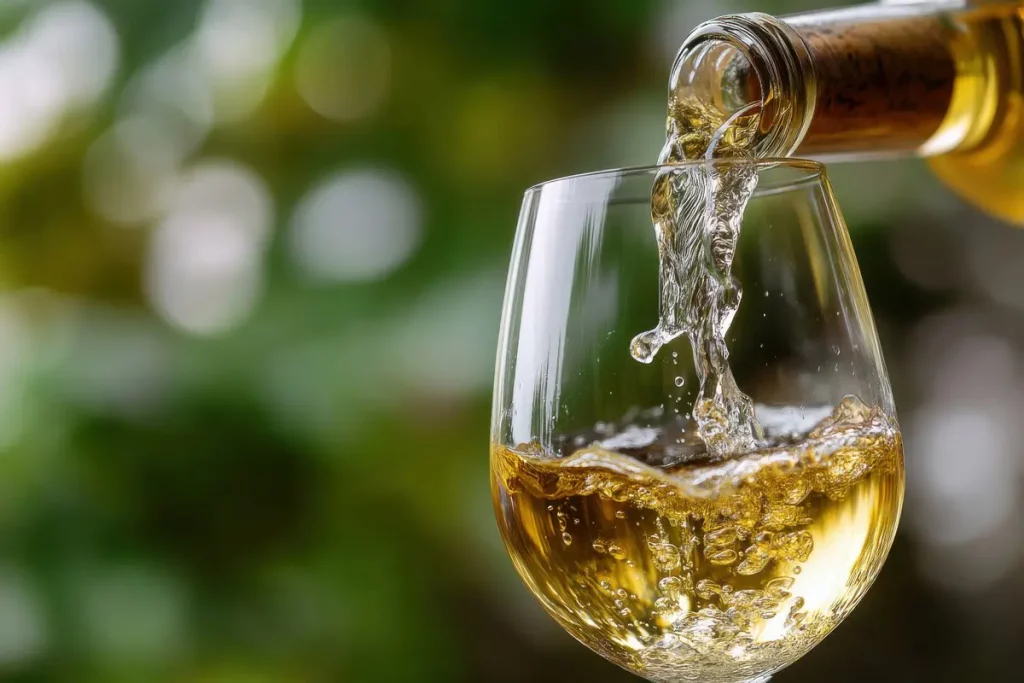
Pecorino d’Abruzzo: a rise in average quality
After a dramatic 2023, the 2024 harvest has marked a good recovery. Thanks to more stable weather and the absence of persistent rain and critical diseases, vineyards were once again able to express their full potential. In terms of quality, the grapes were healthy, well ripened, and showed an excellent balance between sugars and acidity.
The 2024 Pecorino vintage showed an overall increase in average quality. Whereas in past years results were more up and down, this year we tasted flights of wines that were relatively consistent — very drinkable and pleasant, ready to enjoy right away. There were no standouts, but we believe Abruzzo winemakers can nonetheless be very satisfied with this harvest.
Now all that remains is to wait for the release of the Vini d’Italia 2026 guide for a detailed breakdown of our tastings. It won’t be long now: October is just around the corner.


 What do sommeliers drink at Christmas?
What do sommeliers drink at Christmas? The alpine hotel where you can enjoy outstanding mountain cuisine
The alpine hotel where you can enjoy outstanding mountain cuisine Io Saturnalia! How to celebrate the festive season like an Ancient Roman
Io Saturnalia! How to celebrate the festive season like an Ancient Roman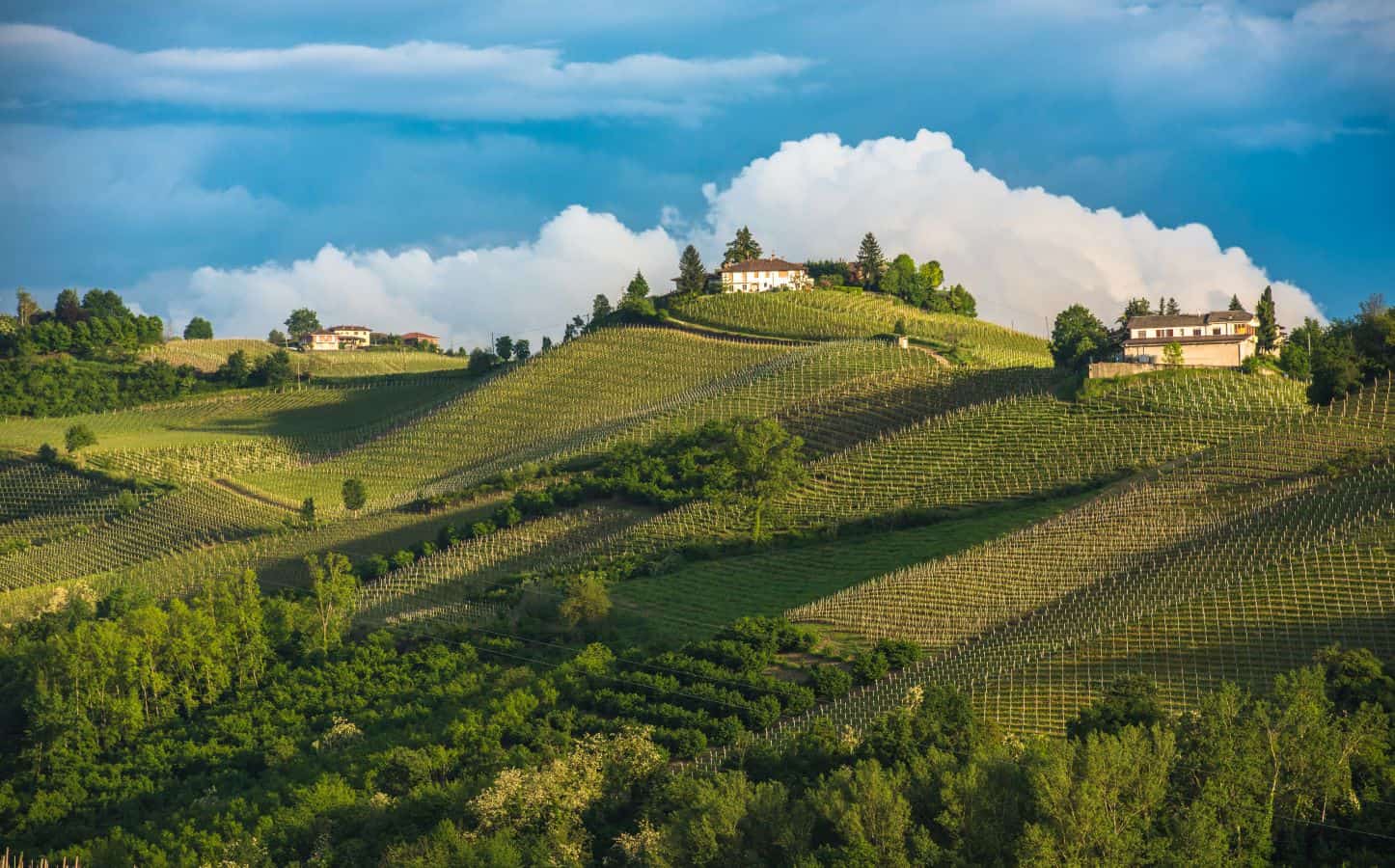 The UNESCO effect: tourism is growing, but there is a risk of losing identity
The UNESCO effect: tourism is growing, but there is a risk of losing identity The perfect pairing? Wine and books
The perfect pairing? Wine and books
